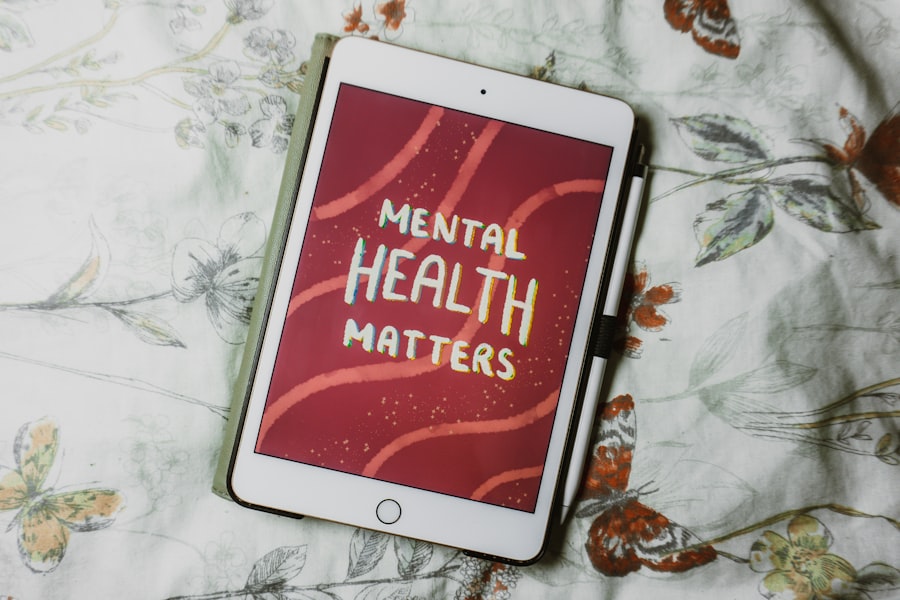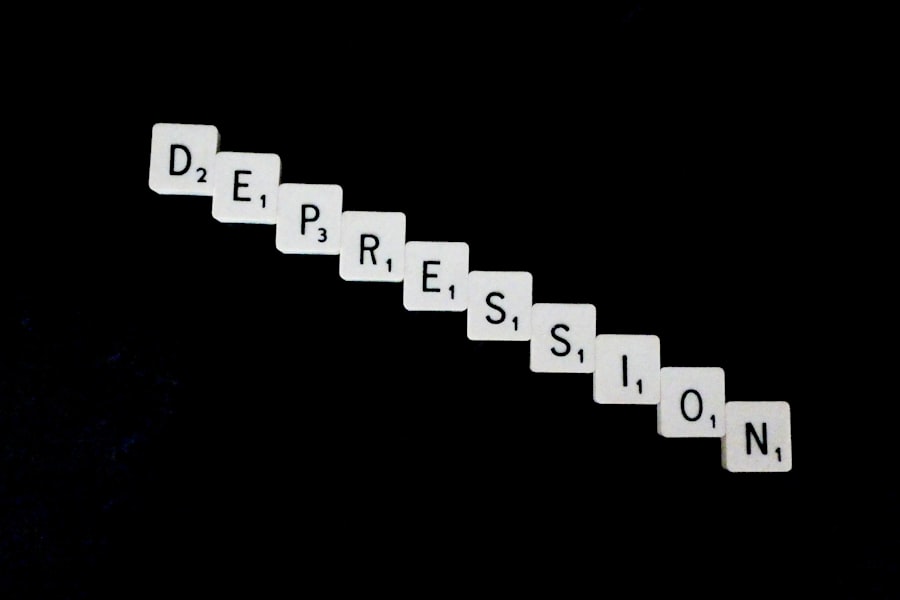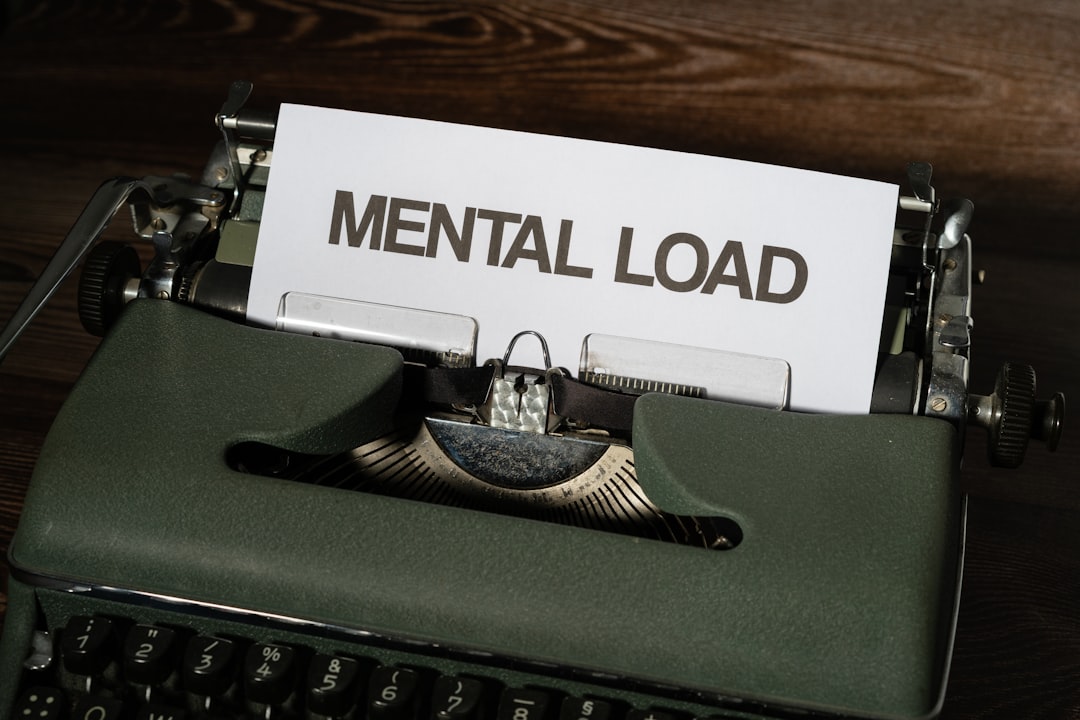In today’s world, the fast-paced lifestyle has become a defining characteristic of urban living. Individuals find themselves caught in a whirlwind of activities, responsibilities, and expectations that seem to multiply with each passing day. The relentless pace often leaves little room for reflection or relaxation, as people juggle work commitments, social obligations, and personal aspirations.
Moreover, the fast-paced lifestyle is not merely a personal choice but is often driven by societal norms and technological advancements. With the rise of digital communication and instant gratification, the expectation to be constantly available and productive has intensified.
People feel pressured to respond to emails, messages, and notifications at all hours, blurring the lines between work and personal time. This constant connectivity can create a cycle of stress and anxiety, as individuals struggle to keep up with the demands placed upon them.
Key Takeaways
- Fast-paced lifestyle can lead to burnout and stress
- Financial stress and pressure can impact mental health
- Noise pollution and overcrowding can contribute to feelings of overwhelm
- Lack of nature and green spaces can negatively affect mental well-being
- Commuting and transportation struggles can add to daily stress
- Social isolation and loneliness are common in urban environments
- High cost of living and housing insecurity can cause anxiety and instability
- Access to mental health services and resources is crucial in urban areas
- Finding work-life balance is essential for overall well-being
- Urban living can impact relationships and family dynamics
- Coping strategies and self-care practices are important for managing urban stressors
Financial Stress and Pressure
Financial stress is a pervasive issue that affects individuals across various demographics. The pressure to meet financial obligations can be overwhelming, leading to anxiety and a sense of helplessness. Many people find themselves living paycheck to paycheck, grappling with mounting debts and unexpected expenses.
This financial instability can create a vicious cycle, where the stress of financial insecurity exacerbates mental health issues, further complicating one’s ability to manage their finances effectively. Additionally, the societal emphasis on material success can contribute to feelings of inadequacy and failure. Individuals often compare their financial situations to those of their peers, leading to a sense of competition that can be detrimental to mental well-being.
The pressure to maintain a certain lifestyle or standard of living can drive people into debt, creating a perpetual state of financial stress that is difficult to escape. As a result, many individuals find themselves trapped in a cycle of anxiety and worry about their financial futures.
Noise Pollution and Overcrowding

Urban environments are often characterized by noise pollution and overcrowding, both of which can have significant impacts on mental health and overall well-being. The constant hum of traffic, construction, and human activity creates an auditory landscape that can be overwhelming for many individuals. This incessant noise can lead to increased stress levels, difficulty concentrating, and even sleep disturbances.
The inability to find quiet spaces in bustling cities can leave individuals feeling drained and fatigued. Overcrowding compounds these issues, as densely populated areas often lead to a lack of personal space and privacy. The feeling of being surrounded by large crowds can evoke feelings of anxiety and claustrophobia for some individuals.
Public spaces become chaotic, making it challenging for people to find solace or engage in meaningful interactions. The combination of noise pollution and overcrowding creates an environment that can be detrimental to mental health, leaving individuals yearning for peace and tranquility.
Lack of Nature and Green Spaces
| City | Population | Green Space per Capita (square meters) | Health Issues related to Lack of Nature |
|---|---|---|---|
| New York | 8,336,817 | 7.2 | Asthma, Stress, Obesity |
| Tokyo | 9,273,000 | 5.8 | Depression, Anxiety, Cardiovascular Diseases |
| London | 8,982,000 | 27.7 | Respiratory Problems, Mental Health Issues |
In many urban settings, the lack of access to nature and green spaces is a significant concern. As cities expand and develop, natural landscapes are often sacrificed for concrete structures and infrastructure. This absence of greenery can have profound effects on mental health, as studies have shown that exposure to nature is linked to reduced stress levels and improved mood.
Without access to parks or natural areas, individuals may feel disconnected from the environment, leading to feelings of isolation and discontent. Furthermore, the absence of green spaces limits opportunities for physical activity and relaxation. Parks provide essential areas for exercise, social interaction, and leisure activities that contribute to overall well-being.
When these spaces are scarce or poorly maintained, individuals may struggle to find healthy outlets for stress relief. The lack of nature in urban environments serves as a reminder of the importance of integrating green spaces into city planning for the benefit of residents’ mental health.
Commuting and Transportation Struggles
Commuting has become a daily reality for many individuals living in urban areas. The time spent traveling to and from work can be a source of frustration and stress. Long commutes often lead to feelings of wasted time and decreased productivity, as individuals grapple with traffic congestion or unreliable public transportation systems.
The daily grind of commuting can take a toll on mental health, leaving individuals feeling drained before they even begin their workday. Moreover, transportation struggles can exacerbate feelings of isolation and disconnection from one’s community. Long commutes may limit opportunities for social interaction or engagement in local activities, further contributing to feelings of loneliness.
The time spent in transit could otherwise be used for self-care or meaningful connections with others. As commuting becomes an increasingly burdensome aspect of urban life, it highlights the need for more efficient transportation solutions that prioritize the well-being of residents.
Social Isolation and Loneliness

Despite living in densely populated areas, many individuals experience social isolation and loneliness. The fast-paced lifestyle often leaves little time for meaningful connections with others, leading people to feel disconnected from their communities. Social media may provide a semblance of connection, but it often lacks the depth and authenticity found in face-to-face interactions.
As a result, individuals may find themselves surrounded by people yet still feel profoundly alone. The impact of social isolation on mental health cannot be overstated. Studies have shown that loneliness is linked to increased rates of depression, anxiety, and other mental health issues.
The lack of social support can make it challenging for individuals to cope with life’s challenges effectively. Building strong relationships takes time and effort, but the rewards are invaluable in fostering resilience and emotional well-being. Addressing social isolation requires intentional efforts from both individuals and communities to create spaces for connection and support.
High Cost of Living and Housing Insecurity
The high cost of living in urban areas poses significant challenges for many residents. Rising housing prices often force individuals into precarious living situations or long commutes from more affordable areas. Housing insecurity can lead to chronic stress as individuals worry about their ability to pay rent or maintain stable housing.
This financial strain can have cascading effects on mental health, contributing to feelings of anxiety and hopelessness. Additionally, the high cost of living can limit access to essential services such as healthcare, education, and recreational activities. Individuals may find themselves prioritizing basic needs over self-care or personal development due to financial constraints.
This lack of access can perpetuate cycles of poverty and inequality within communities, further exacerbating mental health challenges among vulnerable populations. Addressing housing insecurity requires comprehensive policy solutions that prioritize affordable housing options for all residents.
Mental Health Services and Resources
Access to mental health services is crucial for addressing the challenges posed by modern urban living. However, many individuals face barriers when seeking help due to stigma, cost, or lack of availability. Mental health resources may be limited in certain areas, leaving individuals without the support they need during difficult times.
This lack of access can perpetuate feelings of isolation and despair as individuals struggle to navigate their mental health challenges alone. Furthermore, the stigma surrounding mental health issues often prevents individuals from seeking help when they need it most. Many people fear judgment or misunderstanding from others, leading them to suffer in silence rather than reaching out for support.
Increasing awareness about mental health resources and promoting open conversations about mental well-being are essential steps toward creating a more supportive environment for those in need.
Work-Life Balance and Burnout
Achieving a healthy work-life balance has become increasingly elusive in today’s fast-paced world. Many individuals find themselves dedicating excessive hours to their jobs at the expense of personal time and self-care. This imbalance can lead to burnout—a state of physical, emotional, and mental exhaustion that significantly impacts overall well-being.
As work demands escalate, individuals may struggle to set boundaries between their professional responsibilities and personal lives. Burnout not only affects individual productivity but also has broader implications for workplace culture and relationships. Organizations that fail to prioritize employee well-being may experience higher turnover rates and decreased morale among staff members.
Promoting a healthy work-life balance requires intentional efforts from both employers and employees to create environments that support well-being while fostering productivity.
Impact on Relationships and Family Dynamics
The challenges posed by modern urban living extend beyond individual experiences; they also impact relationships and family dynamics. The fast-paced lifestyle often leaves little time for quality family interactions or nurturing relationships with friends. As individuals become consumed by work obligations or personal stressors, they may inadvertently neglect their connections with loved ones.
This neglect can lead to misunderstandings or conflicts within families as members struggle to communicate effectively amidst their busy lives. Children may feel overlooked as parents juggle multiple responsibilities, leading to feelings of resentment or disconnection within the family unit. Prioritizing relationships requires intentional effort—setting aside time for family activities or open conversations can help strengthen bonds and foster understanding among family members.
Coping Strategies and Self-Care Practices
In light of the myriad challenges posed by modern urban living, developing effective coping strategies and self-care practices is essential for maintaining mental well-being. Individuals are encouraged to explore various self-care techniques that resonate with them—whether through mindfulness practices like meditation or engaging in physical activities such as yoga or hiking in nature when possible.
By prioritizing self-care and seeking support when needed, individuals can cultivate resilience in navigating the complexities of urban life while promoting their overall mental health. In conclusion, the fast-paced lifestyle prevalent in urban environments presents numerous challenges that impact mental health and overall well-being. From financial stressors to social isolation, these issues require collective awareness and action from both individuals and communities alike.
By prioritizing self-care practices while advocating for systemic changes that address these challenges head-on—such as improving access to mental health resources or promoting affordable housing—society can work towards creating healthier environments where individuals thrive amidst the demands of modern life.
Living in New York City can be an exhilarating experience, but it also comes with its own set of challenges that can take a mental toll on its residents. The fast-paced lifestyle, constant noise, and high cost of living can contribute to stress and anxiety. For those interested in exploring how urban environments impact mental health, a related article can be found on MyGeoQuest. This article delves into the psychological effects of city living and offers insights into how individuals can manage the pressures of urban life.
WATCH THIS! The Real Cost of NYC Living: Your Wallet, Sanity, and Subway Survival Skills
FAQs
What is the mental toll of living in NYC?
Living in NYC can take a toll on mental health due to factors such as high cost of living, crowded living conditions, long work hours, and the fast-paced lifestyle.
What are some common mental health issues faced by NYC residents?
Common mental health issues faced by NYC residents include anxiety, depression, stress, and burnout.
Are there resources available for mental health support in NYC?
Yes, NYC offers a range of mental health resources including counseling services, support groups, and mental health hotlines.
How does the high cost of living in NYC impact mental health?
The high cost of living in NYC can lead to financial stress, which in turn can contribute to anxiety, depression, and other mental health issues.
What are some coping strategies for managing the mental toll of living in NYC?
Coping strategies for managing the mental toll of living in NYC may include seeking social support, practicing self-care, engaging in stress-reducing activities, and seeking professional help when needed.
